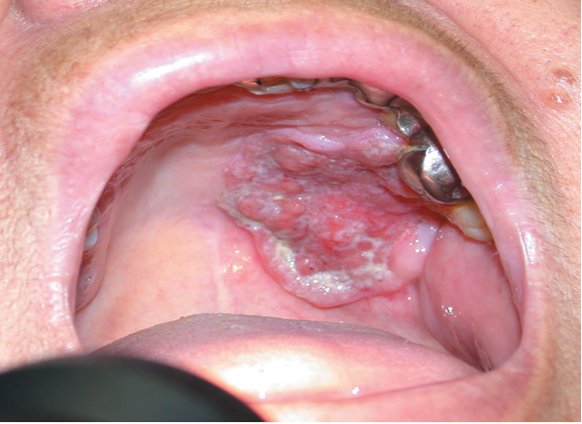Overview: What is Human Papillomavirus (HPV)
The CPSA gratefully acknowledges Jessica Ho, MSc Public Health, MD candidate, Queen’s University, and Yuka Asai, MD, PhD for assistance in the preparation of this report. August 2021.
What is it?
Human papillomavirus (HPV) is a virus that is usually transmitted through skin-to-skin contact and sexual contact. It is a very common infection and an estimated 70% of sexually active women and men in Canada will contract sexually transmitted HPV infections in their lifetime (Government of Canada, 2020). It is most commonly contracted via sexual intercourse, including vaginal, anal and oral intercourse, and it is possible to contract HPV from a partner that does not have any symptoms.1 Other modes of transmission are possible, including transmission by touching a surface infected with HPV via fomites (objects or materials which are likely to carry infection, such as clothes, utensils, and furniture) and less commonly, children may develop HPV infections during birth via vaginal delivery or when in contact with a carer with an HPV infection.
There exists more than 200 different strains of HPV. Most HPV infections do not show any symptoms though some may present as warts and others can go on to cause different types of cancer. The majority of HPV infections resolve on their own without any intervention. The strains are generally divided into two categories; low-risk and high-risk strains. Some of the low-risk strains may be found on the skin such as warts on the body, hands, feet and around the genital area (also known as anogenital warts). High-risk strains have been associated with an increased risk for certain types of cancers including cervical, anogenital and oropharyngeal cancers (Table 1).
Table 1. Strains of HPV
|
Strains |
Effect |
|||
|
Low-risk HPV strains |
HPV type 1 |
Warts of the hands and feet |
||
|
HPV types 2 and 4 |
Common warts |
|||
|
HPV types 3 and 10 |
Flat warts |
|||
|
HPV types 6 and 11 |
Genital warts |
|||
|
High-risk HPV strains |
HPV types 16 and 18 |
Associated with precancerous lesions and development of certain types of cancer |
HPV infections from certain high-risk strains can be prevented with the HPV vaccine (see section Diagnosis and Treatment). Complications of high-risk HPV infections can include precancerous lesions, and potentially developing cancer itself. Cancer usually takes many years to develop after a person gets HPV.
Types of cancers that have been associated with HPV include:
- Anal
- Oropharyngeal (Throat)
- Cervical
- Vaginal
- Vulvar
- Penile
Very rarely, warts in non-genital areas can transform to a type of skin cancer known as squamous cell carcinoma. This is usually seen in populations that are already more susceptible to acquiring an HPV infection such as those with a compromised immune system.

Image 1: Oropharyngeal cancer, associated with infection of a high-risk HPV strain.











